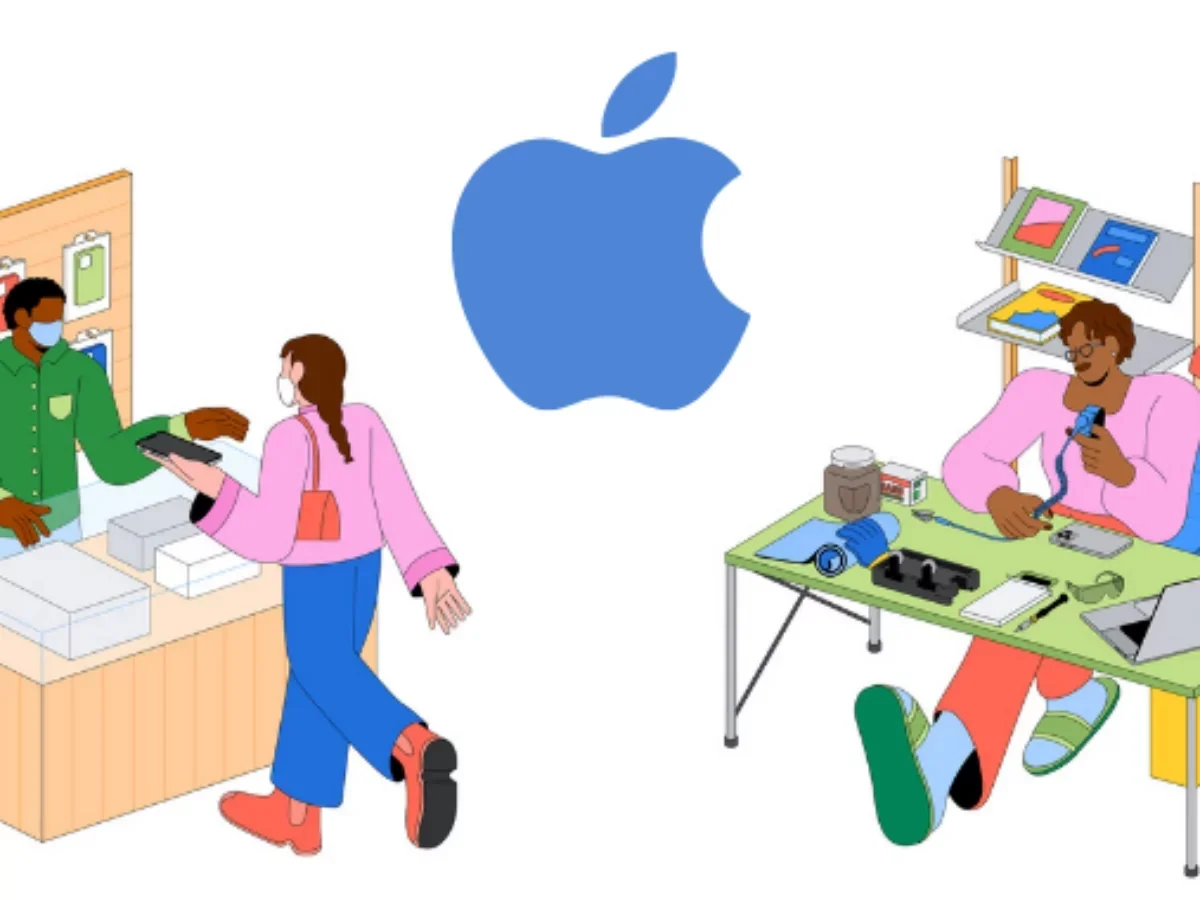Restart your iPhone: Sometimes restarting your iPhone can fix a variety of issues. Press and hold the side button and either volume button until the slider appears, then drag the slider to turn off your iPhone. Once it's off, press and hold the side button until the Apple logo appears to turn it back on.
Check for updates: Make sure your iPhone's software is up to date by going to Settings > General > Software Update. If there is an available update, download and install it.
Reset all settings: Go to Settings > General > Reset > Reset All Settings. This will reset all settings to their default values without deleting any of your data.
Restart your MacBook: Sometimes restarting your MacBook can fix a variety of issues. Click on the Apple menu in the top left corner and select Restart.
Check for software updates: Make sure your MacBook's software is up to date by clicking on the Apple menu in the top left corner and selecting About This Mac > Software Update. If there is an available update, download and install it.
Reset SMC and PRAM: Resetting the System Management Controller (SMC) and Parameter Random Access Memory (PRAM) can help fix various hardware and software issues. You can find instructions on how to reset the SMC and PRAM for your specific MacBook model on the Apple website.
Check for hardware issues: If the above steps don't work, it's possible that there is a hardware issue with your MacBook. You can check for issues such as a cracked screen, damaged keyboard, or battery issues.
Visit an authorized repair center: If you have determined that there is a hardware issue with your MacBook, it's best to take it to an authorized repair center to diagnose and fix the problem.
Keep in mind that some issues may require professional repair or replacement, so it's important to make sure that you take your MacBook to an authorized service provider to ensure that the repairs are done properly.
Apple service center
SEARCH
LATEST
3-latest-65px
SECCIONS
- APPLE EVENT (11)
- Apple Service Center (35)
- Apple Watch (5)
- IMAC (14)
- iOS (3)
- iPhone (14)
- Mac (78)
- macbook repair (6)
- Macbook Repair AND Sell (2)
- MacBook Repair Service Center (1)
- MacBookDeal (1)
- MacOS (6)
- Software (7)
- WWDC (3)
Powered by Blogger.
Recent Blog Posts
Lorem Ipsum has been the industry's standard dummy text.
Email Newsletter
Subscribe to our newsletter to get the latest updates to your inbox. ;-)
Your email address is safe with us!
Search This Blog
Darshi Infotech is the Apple Products Services store in Vadodara. Founded by Mr. Viral Patel over a half decade ago, Darshi Infotech started with humble beginnings from a iPhone/MacBook repair store. Our dedication to serve nothing but the best and provide our customer with the best experience is what brought us here.

APPLE SERVICE CENTER
iPhone Repair, MacBook Repair, Apple Watch and iPad Repair
Categories
Projects
3/Business/post-list
Popular Posts
Hello, We Fix All Apple Products









No comments:
Post a Comment